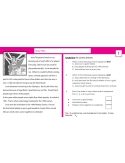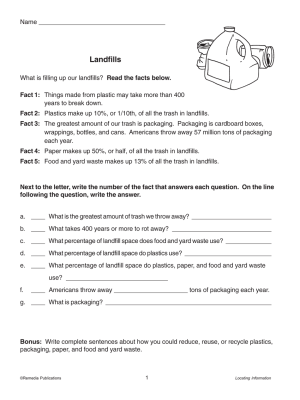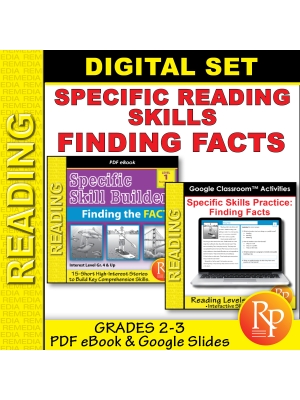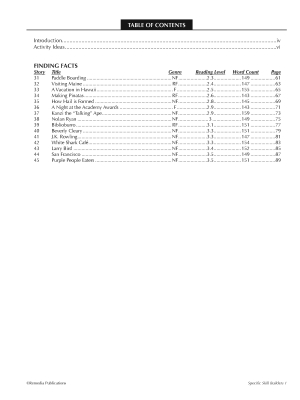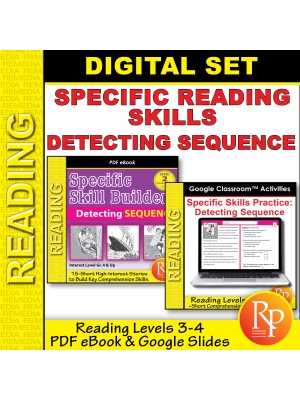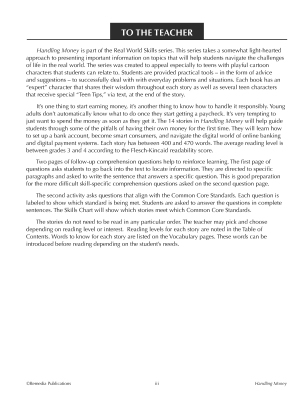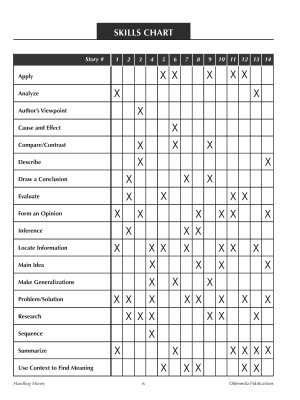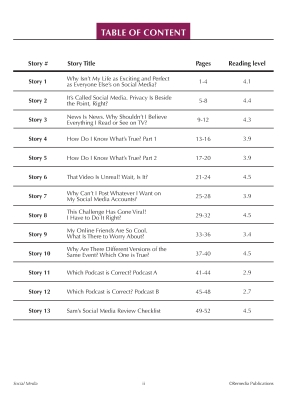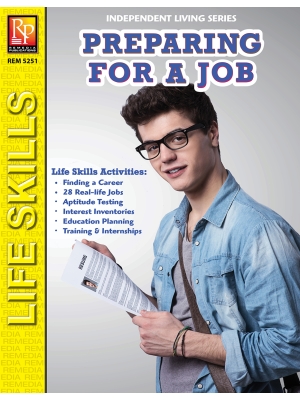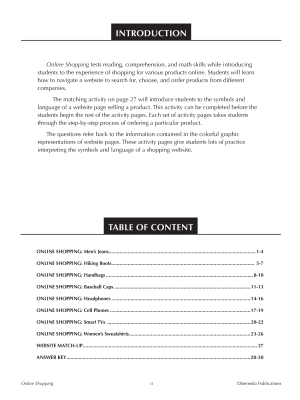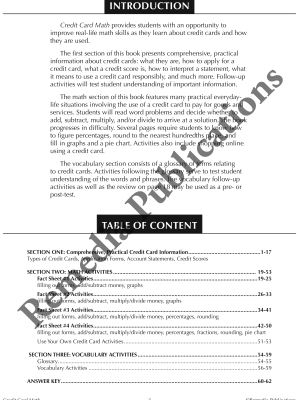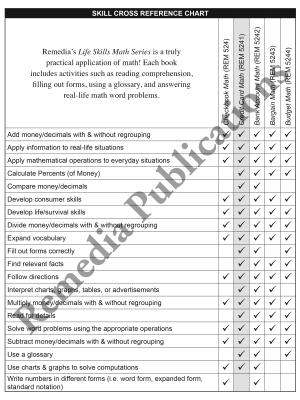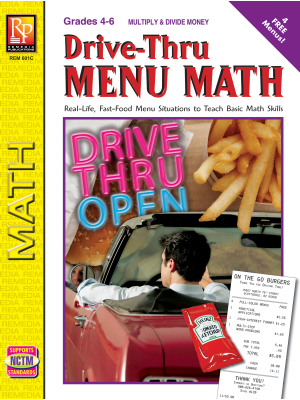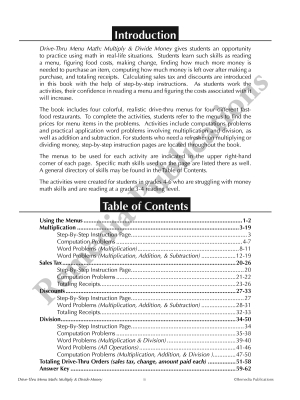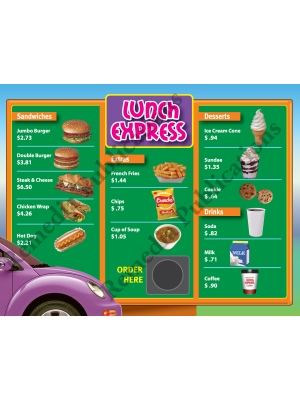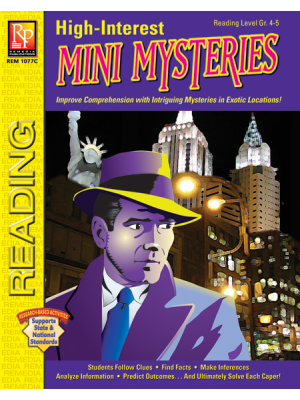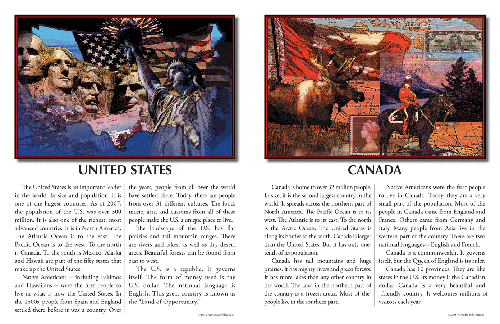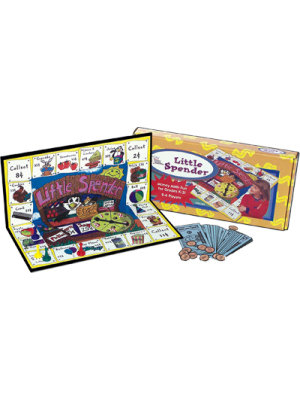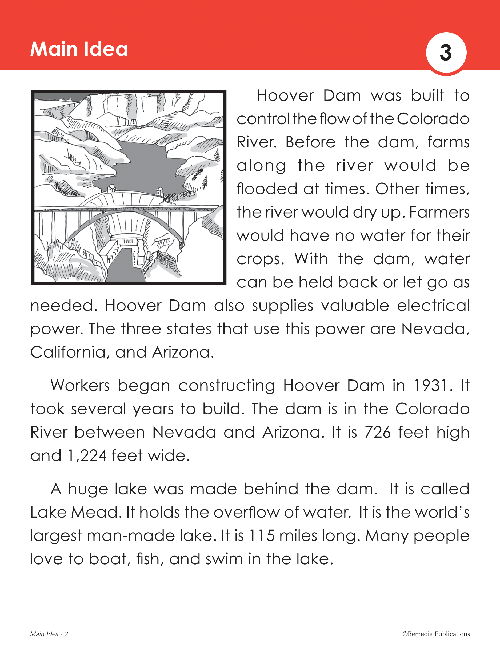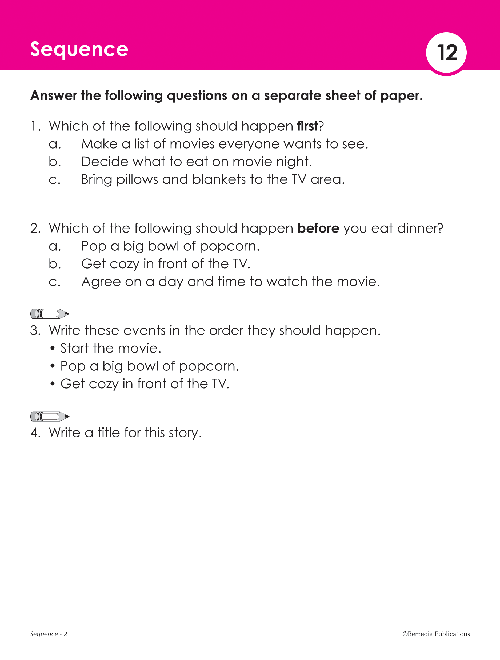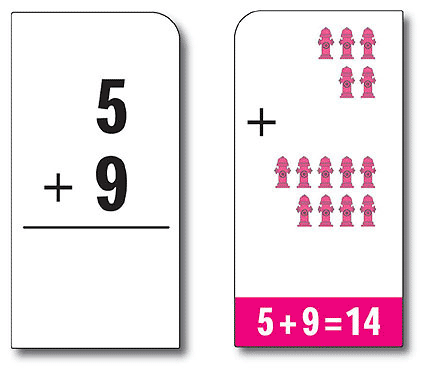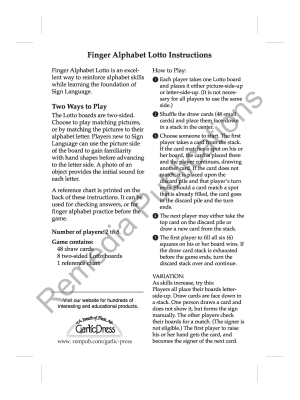Your students will love these interactive Google Slides reading lessons!
Designed to isolate and target the specific reading skill of Detecting the Sequence, these slides feature a variety of fiction and nonfiction topics. By focusing on one comprehension skill at a time, struggling readers will have an opportunity to master that skill and improve overall reading and comprehension skills.
Part of the Specific Reading Skills Series, this section includes 15 high-interest short stories. The word count of the stories ranges from 142 to 152 words. They are written at a 3.0-4.5 reading level, to make them suitable for a wide range of students.
Each story is numbered rather than given a title. The final activity on each slide asks the student to write a title for the story. Having the student write a title is often a very effective way to determine the student's level of understanding about the main idea of the story. The engaging illustrations were designed to bring the story to life and help capture the interest of reluctant readers. The questions specifically focus on helping students detect the sequence of a story.
Introducing the Skill:
Detecting the sequence of a story means understanding the order in which events happen. to introduce this skill, explain to students that sequence has to do with time. Writers usually write the events of a story in chronological order. Something happens in the beginning of a story, the middle of a story, and the end of a story. There are key "time words" to look for when reading for sequence: first, last, next, before, after, later, during, then, while, and finally.
For Example: Ask students to tell what they do to get ready for school each morning. Relating sequence to an everyday occurrence is a simple way to understand the steps in a process or the order of events. To reinforce this understanding, ask a few "time questions." What did you do first? What happened next? What was the last thing you did to get ready for school? Looking for key "time words" and for sequence clues like dates and times, will help students successfully detect the sequence of a story.
Question Format:
Two types of questions are included on each slide. There are questions that require written answers and multiple-choice questions. Questions 1 and 2 are multiple-choice questions. Questions 3 asks students to write the sentences in the correct order according to what happened in the story.
Google Classroom™ Activities If you've been looking for a way to integrate technology into your classroom, this is your answer. And the best part is you don't have to print, cut, laminate, or replace when you lose pieces....it's all DIGITAL! The purchase of this Google Classroom™ Activity includes a PDF that gives you access via a web link to the digital resource.
You do not have to be a Google Classroom to use this.
This is not an app and does NOT have sound or a "click to see if the answer is right" option for students. You will need internet access to initially download.
Contents Include:
- PDF Download (with Link to Slides)
- 15 Google Slides
- Tips for Use students will love this engaging DIGITAL reading resource for use with Google Classroom and Distance Learning!
- The purchase of this Google Classroom™ Activity includes a PDF that gives you access via a web link to the digital resource.
This is not an app and does NOT have sound or a "click to see if the answer is right" option for students.
You will need internet access to initially download.
Your students will love these interactive Google Slides reading lessons!
Designed to isolate and target the specific reading skill of Detecting the Sequence, these slides feature a variety of fiction and nonfiction topics. By focusing on one comprehension skill at a time, struggling readers will have an opportunity to master that skill and improve overall reading and comprehension skills.
Part of the Specific Reading Skills Series, this section includes 15 high-interest short stories. The word count of the stories ranges from 142 to 152 words. They are written at a 3.0-4.5 reading level, to make them suitable for a wide range of students.
Each story is numbered rather than given a title. The final activity on each slide asks the student to write a title for the story. Having the student write a title is often a very effective way to determine the student's level of understanding about the main idea of the story. The engaging illustrations were designed to bring the story to life and help capture the interest of reluctant readers. The questions specifically focus on helping students detect the sequence of a story.
Introducing the Skill:
Detecting the sequence of a story means understanding the order in which events happen. to introduce this skill, explain to students that sequence has to do with time. Writers usually write the events of a story in chronological order. Something happens in the beginning of a story, the middle of a story, and the end of a story. There are key "time words" to look for when reading for sequence: first, last, next, before, after, later, during, then, while, and finally.
For Example: Ask students to tell what they do to get ready for school each morning. Relating sequence to an everyday occurrence is a simple way to understand the steps in a process or the order of events. To reinforce this understanding, ask a few "time questions." What did you do first? What happened next? What was the last thing you did to get ready for school? Looking for key "time words" and for sequence clues like dates and times, will help students successfully detect the sequence of a story.
Question Format:
Two types of questions are included on each slide. There are questions that require written answers and multiple-choice questions. Questions 1 and 2 are multiple-choice questions. Questions 3 asks students to write the sentences in the correct order according to what happened in the story.
Google Classroom™ Activities If you've been looking for a way to integrate technology into your classroom, this is your answer. And the best part is you don't have to print, cut, laminate, or replace when you lose pieces....it's all DIGITAL! The purchase of this Google Classroom™ Activity includes a PDF that gives you access via a web link to the digital resource.
You do not have to be a Google Classroom to use this.
This is not an app and does NOT have sound or a "click to see if the answer is right" option for students. You will need internet access to initially download.
Contents Include:
- PDF Download (with Link to Slides)
- 15 Google Slides
- Tips for Use students will love this engaging DIGITAL reading resource for use with Google Classroom and Distance Learning!
- The purchase of this Google Classroom™ Activity includes a PDF that gives you access via a web link to the digital resource.
This is not an app and does NOT have sound or a "click to see if the answer is right" option for students.
You will need internet access to initially download.
Google Classroom™ Activities: Detecting Sequence Reading Level Grades 3-4
- Product Code: EREM 2009BGC
- Viewed: 3173
- Availability: In Stock


